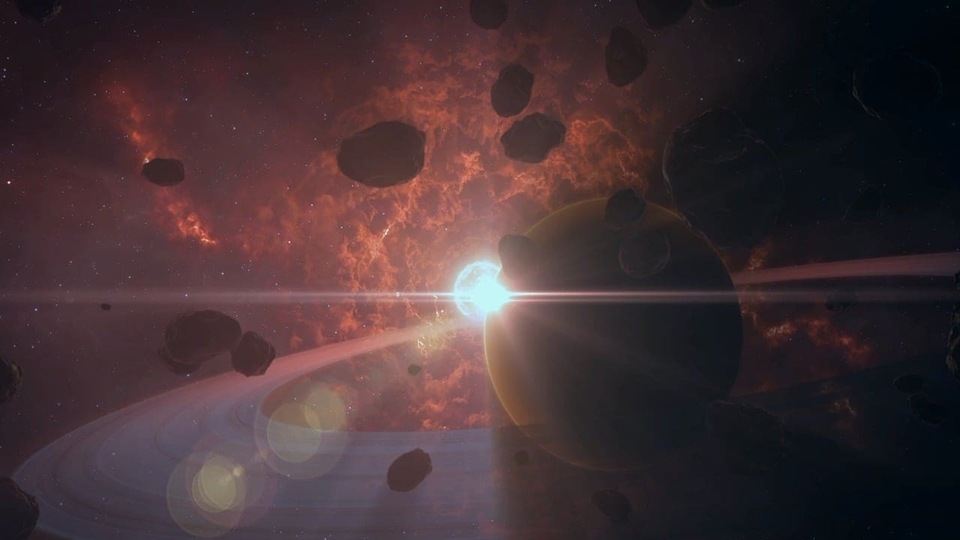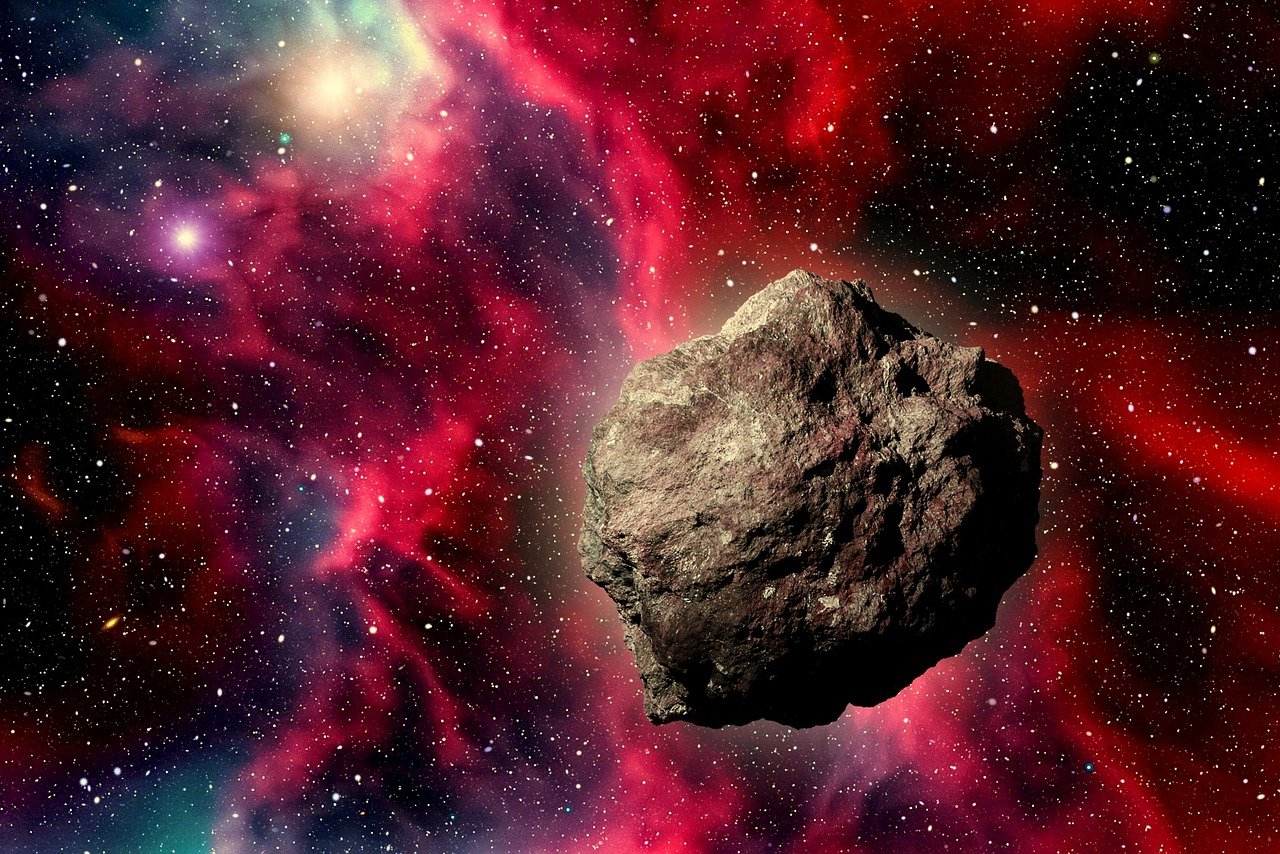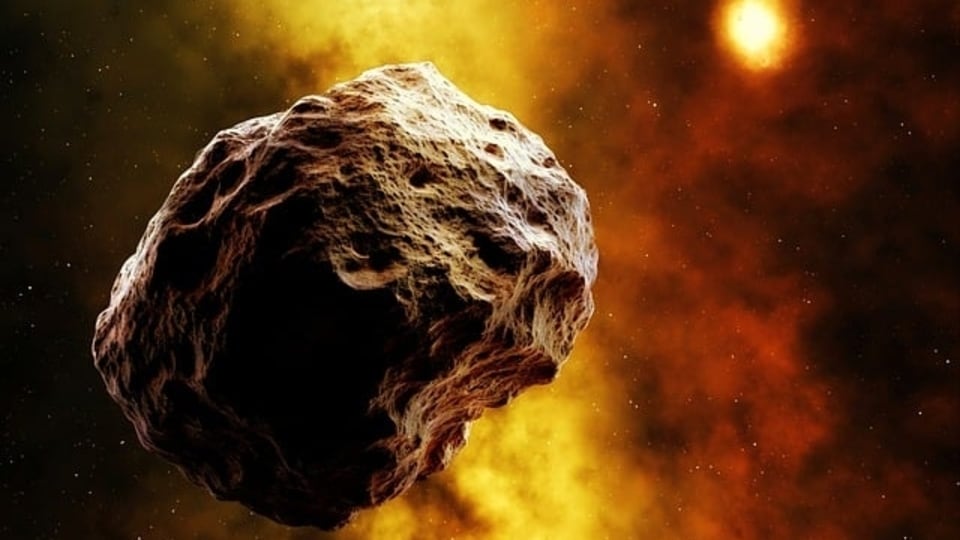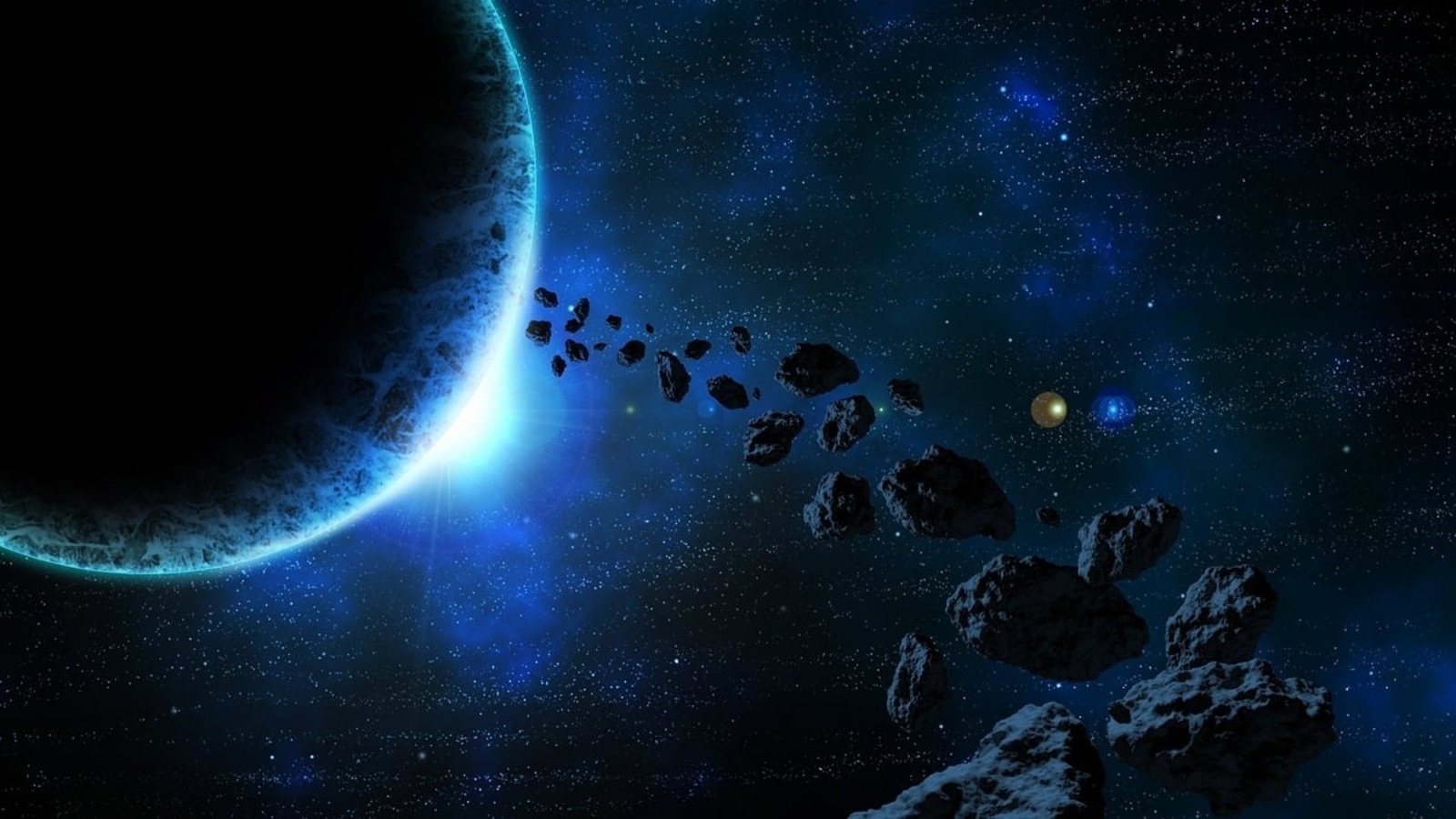250-foot asteroid to pass Earth today at close quarters, reveals NASA; Know speed, other details
NASA has revealed details of an upcoming close encounter with a 250-foot wide asteroid! Know its speed, distance of approach, and more, as per the US space agency.






 View all Images
View all ImagesDue to close calls with asteroids, NASA, ESA, and other space agencies have developed technology to track these space rocks in their orbits, and even deflect them in case a potential impact scenario develops. Using its amazing tech, NASA has now shed light on an asteroid that is expected to pass Earth today, December 25. As per the details issued by NASA's Center for Near-Earth Object Studies (CNEOS), the asteroid has been designated as Asteroid 2020 KT4. Know all about its close approach to Earth.
Asteroid 2020 KT4: Speed, size, distance, and more
Asteroid 2020 KT4 is expected to pass Earth at a distance of approximately 5.1 million kilometers today. It is already travelling towards Earth in its orbit at 26197 kilometers per hour which is even faster than Intercontinental Ballistic Missiles (ICBMs)! This space rock belongs to the Apollo group of Near-Earth Asteroids, which are Earth-crossing space rocks with semi-major axes larger than Earth's.
These asteroids are named after the humongous 1862 Apollo asteroid, discovered by German astronomer Karl Reinmuth in the 1930s.
According to NASA, this is not the first time that Asteroid 2020 KT4 has come close to Earth. It first passed the planet on October 4, 1906, at a distance of approximately 72 million kilometers. After today, it will pass the planet at a distance of 59 million kilometers on July 8, 2024.
How big is it?
Asteroid 2020 KT4 is almost the size of a massive aircraft, with a width of nearly 250 feet! However, it has not been classified as a Potentially Hazardous Object and does not pose a danger to Earth.
Secret ingredient of life found in asteroids
Did you know that while asteroids may pose a danger to Earth, they might also contain the secret ingredient of life? Astonishing isn't it? A recent study carried out by the WA-Organic and Isotope Geochemistry Centre (WA-OIGC) in Australia found and extracted polycyclic aromatic hydrocarbons (PAHs) from the Ryugu asteroid and Murchison meteorite samples. According to a report by Curtin University, PAHs are “likely to be formed in the cold areas of space between stars, rather than in hot regions near stars as was previously thought".
Study co-author Dr. Alex Holman from WA-OIGC said, “This research gives us valuable insights into how organic compounds form beyond Earth and where they come from in space. The use of high-tech methods and creative experiments has shown that select PAHs on asteroids can be formed in cold space.”
Catch all the Latest Tech News, Mobile News, Laptop News, Gaming news, Wearables News , How To News, also keep up with us on Whatsapp channel,Twitter, Facebook, Google News, and Instagram. For our latest videos, subscribe to our YouTube channel.




























